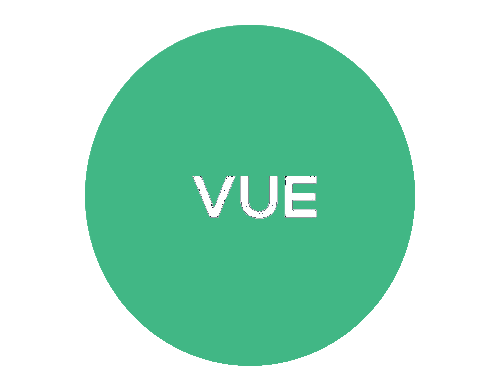JavaScript offers multiple ways to convert a numeric value to a formatted string, each with its own advantages and use cases.
Concatenating an empty string:
let number = 123; let stringNumber = '' + number; console.log(stringNumber); // Output: "123"
Explanation: By concatenating an empty string ('') with the number, JavaScript implicitly converts the number to a string. This is a simple and commonly used technique.
Using toString():
This is the simplest method and simply converts the number to its base-10 string representation.
let num = 12345.6789; let str = num.toString(); // str will be "12345.6789"
Using Number.toFixed():
This method formats the number with a fixed number of decimal places
let num = 12345.6789; let str = num.toFixed(2); // str will be "12345.68" (rounded to 2 decimal places)
Using Number.toExponential():
This method formats the number in exponential notation with a specified number of digits after the decimal point.
let num = 12345.6789; let str = num.toExponential(4); // str will be "1.2346e+04" (4 digits after the decimal point)
Using Number.toPrecision():
This method formats the number with a fixed number of significant digits.
Using Intl.NumberFormat:
This object provides locale-aware formatting options, including currency, percentage, and unit formatting.
// toPrecision
let num = 12345.6789;
let str = num.toPrecision(5);
// str will be "12346" (5 significant digits)
//NumberFormat
let num = 12345.6789;
let formatter = new Intl.NumberFormat('en-US', {
style: 'currency',
currency: 'USD'
});
let str = formatter.format(num); // str will be "$12,345.68"



